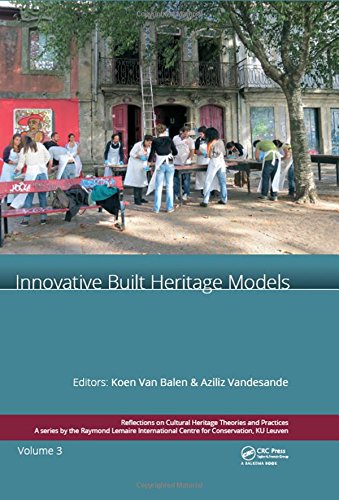

Most ebook files are in PDF format, so you can easily read them using various software such as Foxit Reader or directly on the Google Chrome browser.
Some ebook files are released by publishers in other formats such as .awz, .mobi, .epub, .fb2, etc. You may need to install specific software to read these formats on mobile/PC, such as Calibre.
Please read the tutorial at this link: https://ebookbell.com/faq
We offer FREE conversion to the popular formats you request; however, this may take some time. Therefore, right after payment, please email us, and we will try to provide the service as quickly as possible.
For some exceptional file formats or broken links (if any), please refrain from opening any disputes. Instead, email us first, and we will try to assist within a maximum of 6 hours.
EbookBell Team

5.0
110 reviewsSeveral international and European institutions have given increasing importance to sustainable approaches to our existing building stock and the role of built heritage in this process. At the same time, preventive and planned conservation of built heritage has been increasingly recognised by researchers given its cost-effectiveness for owner-managers, effective long-term quality protection and environmental enhancement of structures, as well as its potential of activating heritage in the employment sector and empowering of local communities.
‘Innovative Built Heritage Models’ collects the lectures presented at the international conference on CHANGES (2017 Thematic Week, Leuven, Belgium, 6-8 February 2017). The aim of the conference was to provide an international overview of the existing strategies, processes and operational case studies that support the implementation of a preventive and planned conservation approach in the built heritage sector. The conference twins with the ‘CHANGES’ project, supported by the Joint Programming Initiative Heritage Plus programme.
This publication meets the increasing demand for shared information to support the transition towards a more sustainable conservation process. The volume consists of three main parts: ‘The CHANGES paradigm’, ‘Preventive and planned conservation’ and ‘Case studies of Change’. The book reflects on CHANGES in a straightforward manner by providing research and case studies that serve as baseline records, guidance and essential literature for researchers and practitioners involved in the built heritage sector.